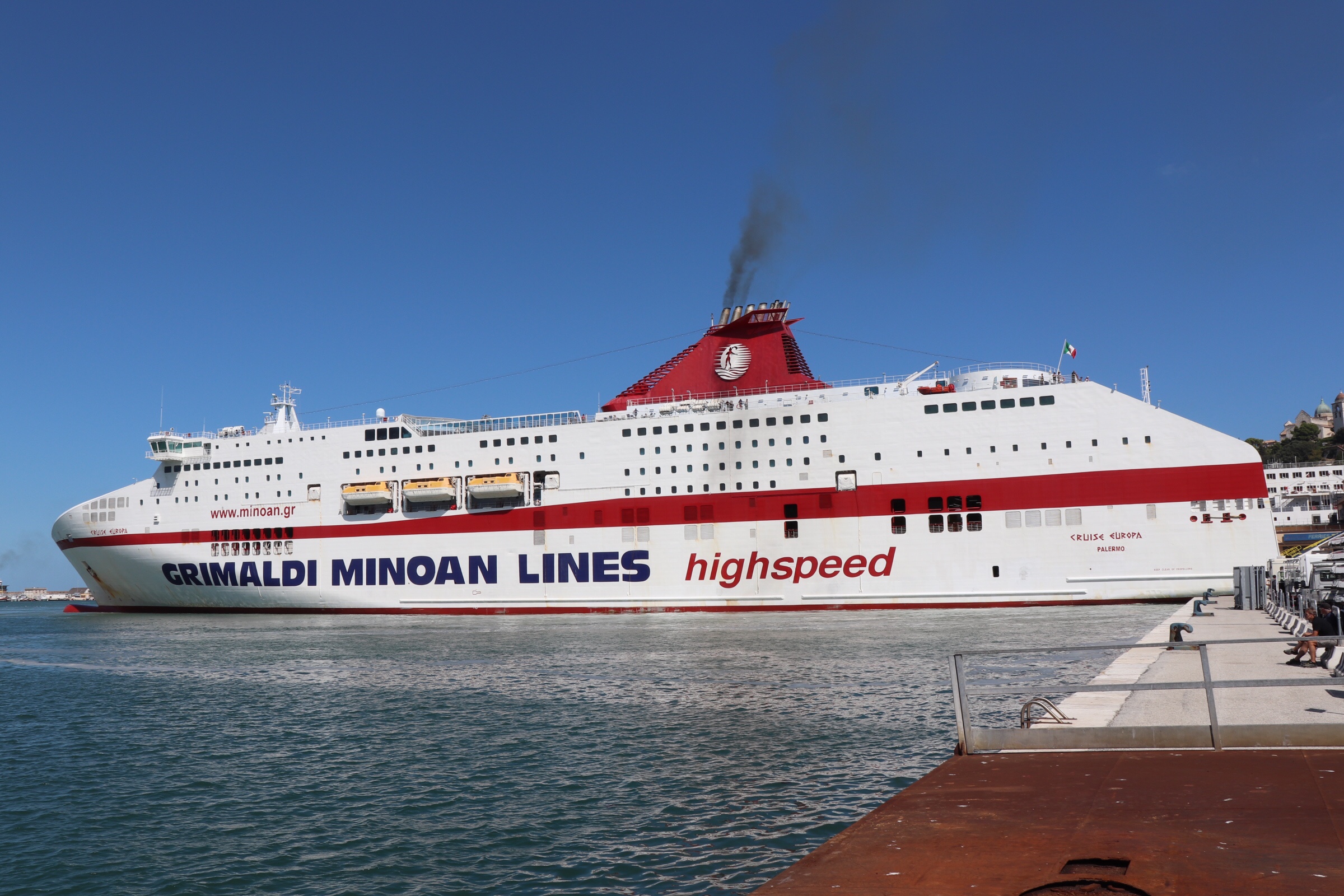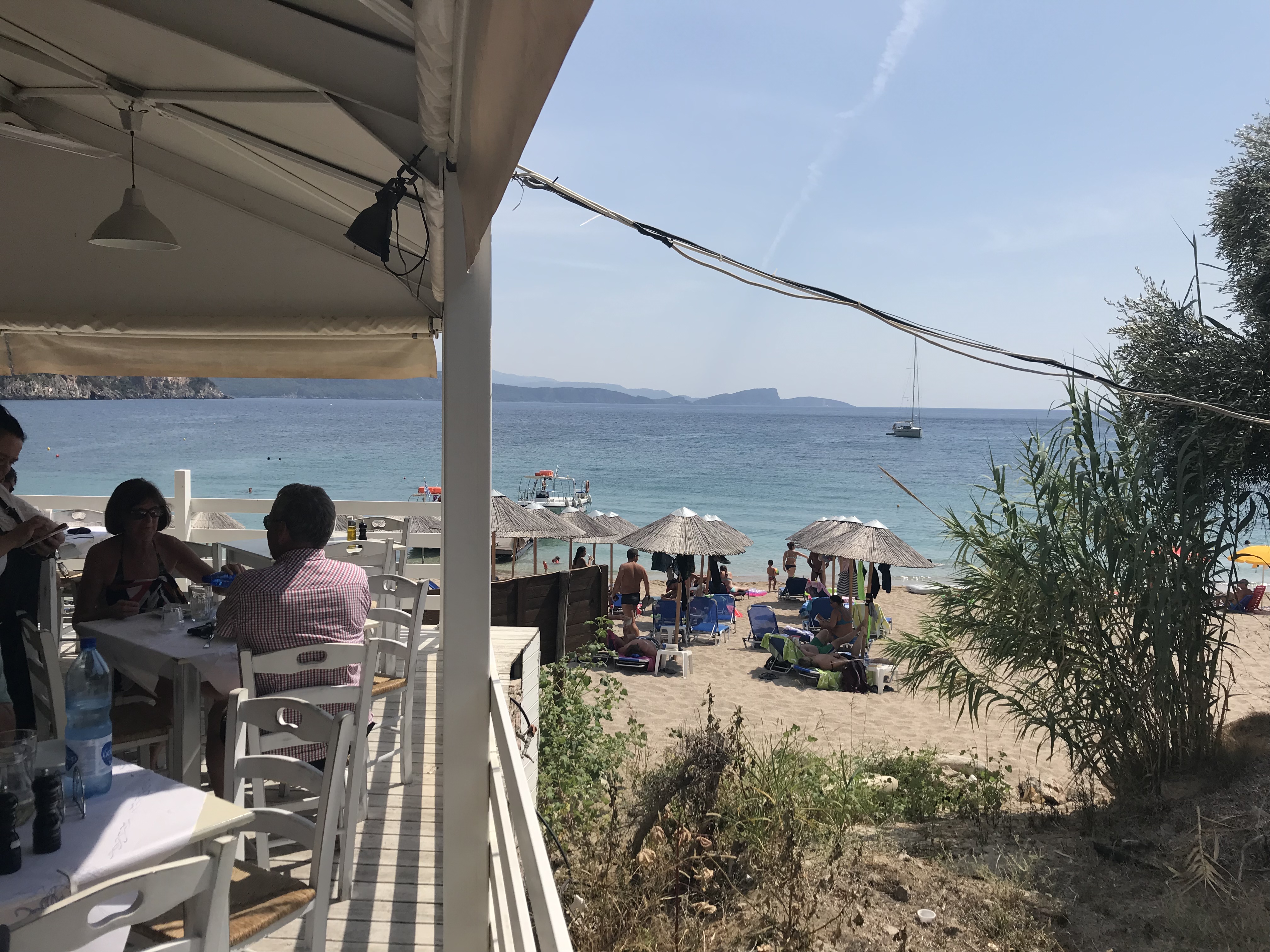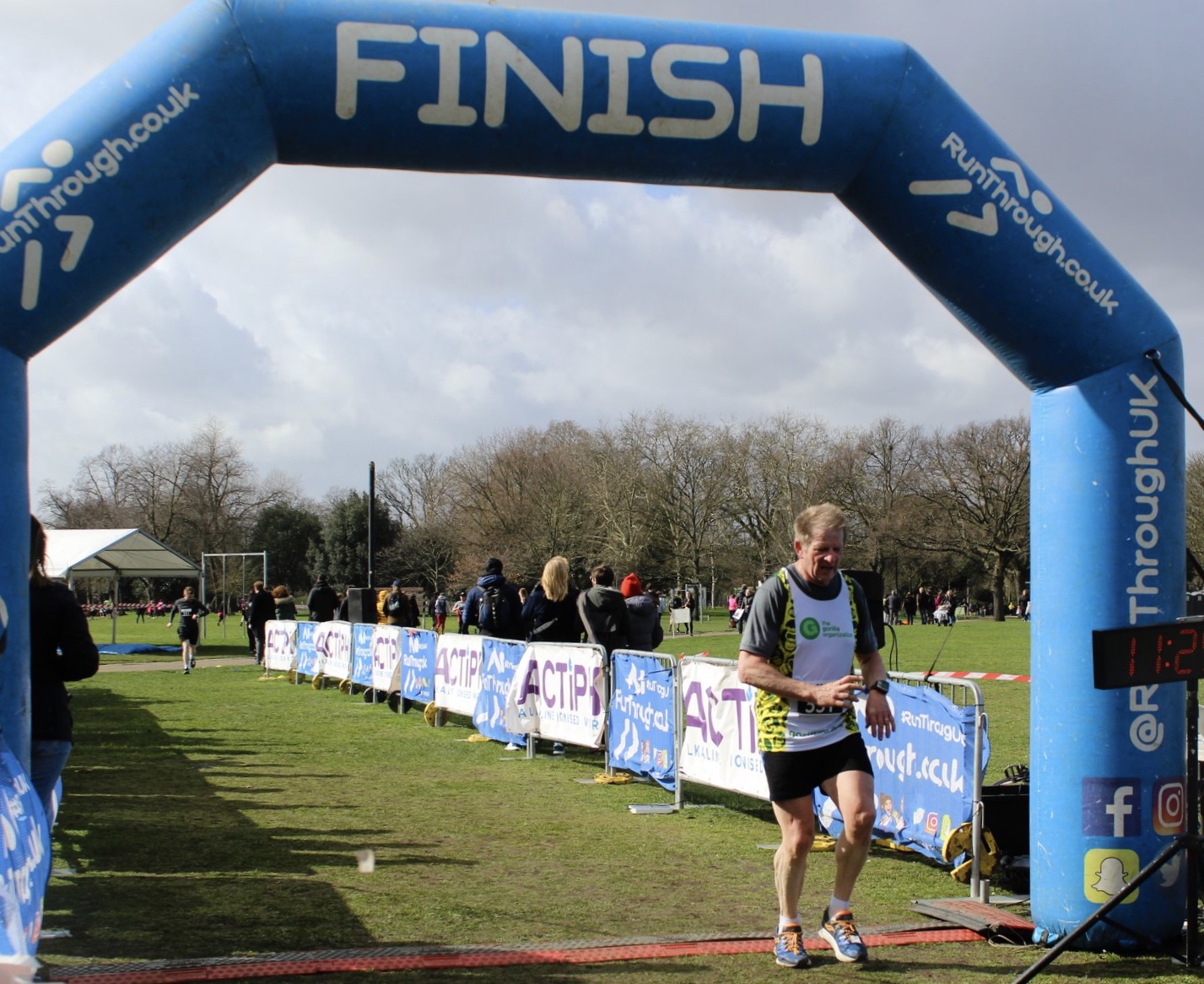I am reading Yuval Noah Harari’s book ‘Sapiens’ on the beach and his observations on time struck a chord. After 40 years of work with life dominated by the routine of the working day and week and even the week-end is subject to time constraints once Monday comes around again. We wear watches and have time devices all around us so that we can get to work and school on time, know when to eat and go to bed on time for the start of the next day. Harari observes that in medieval agricultural societies the routines were driven by the rhythms of nature. Sunrise and sunset dictated the working day, the arrival of spring and summer changes the tasks to sowing and harvesting while autumn saw the preparations for winter. Towns usually had only one inaccurate clock. People did not need to know the time, the position of the sun informed them what needed to be done next.
The onset of the industrial revolution with factory working saw the introduction of routines and the need for time keeping. Even then individual towns kept their own time, London could be half an hour ahead of Birmingham. It was the introduction of the railways with rigid timetables that standardised time.
For the next 4 weeks our home with all the essentials for life is Betsy, our metal tent on wheels. Somewhere in the chaos of Betsy there are some non-essentials my watch being one of them. I have not seen it for several days and I’m not in the least bit worried. The sun has become our rhythm, I wake when the first light creeps into Betsy through a gap in the blinds. There is a call of nature and a stroll to the beach. Carol and I snorkel watching beautiful iridescent coloured fish dart around the rocks. As we finish the bright orange sun is rising above the cliffs. Hunger dictates the timing of breakfast and as I write this I have no idea what is the time of day. The midday heat keeps us off of the beach in the shade. Later on we mosey down to the beach staying until the sun goes down or we get hungry.
We only bump into time when journeying between places and need those pesky timetables. On the journey from Dover our timing got us onto an earlier ferry and a precious extra hour for the road journey to the first campsite. The timing of the road journey was all about making it to Ancona in Italy to catch the ferry to Greece. Dodging the rush hour frenzy of traffic around Bologna we fret about covering the 240km to Ancona in time. We need not have worried the ferry departure from Ancona was in true Greek fashion reliably late in leaving by 1hr 20 min. To be fair the ferry arrives in Igoumenitsa only 10 mins behind schedule.Tomorrow we depart this timeless zone to travel across to Aegina by ferry so back to those timetables. For now I know it is time to leave the beach, the sun has sliding behind the hills casting a cooling shadow, my stomach is telling it is time for some food and my mood indicates time for a glass of wine. The natural rhythms of life are dictating our schedule.



